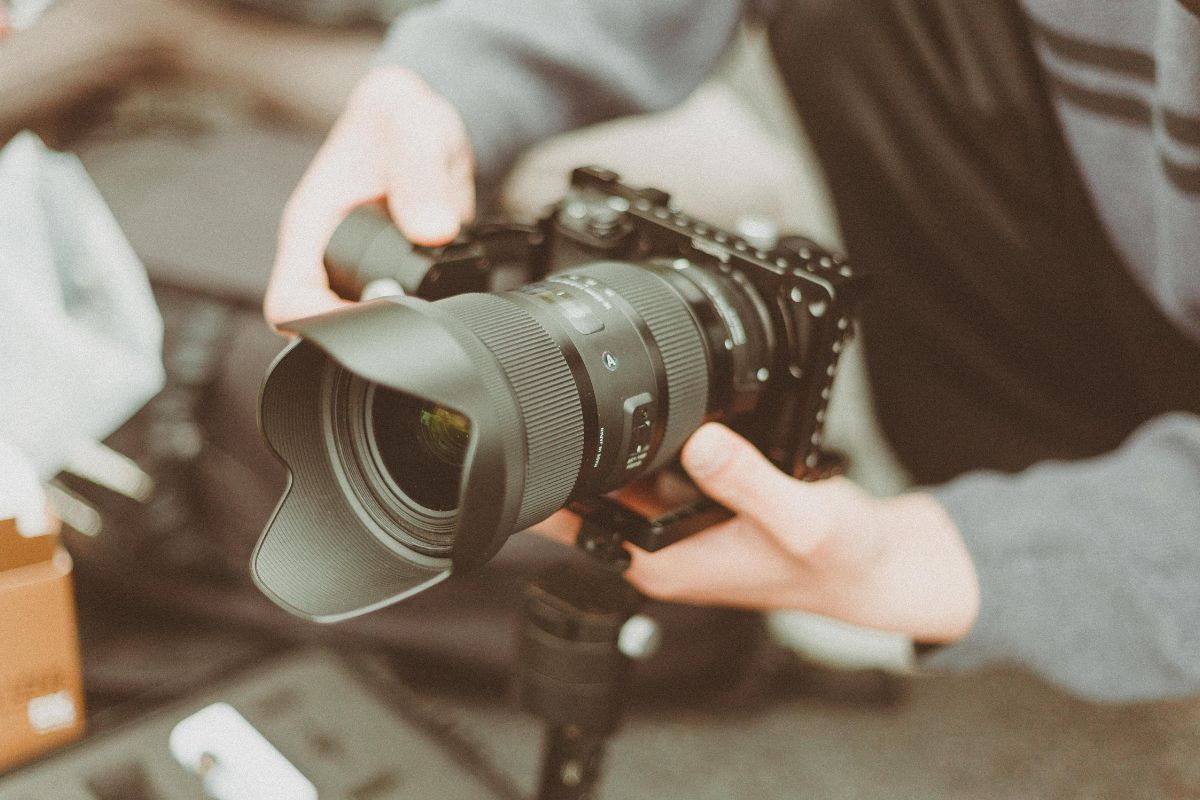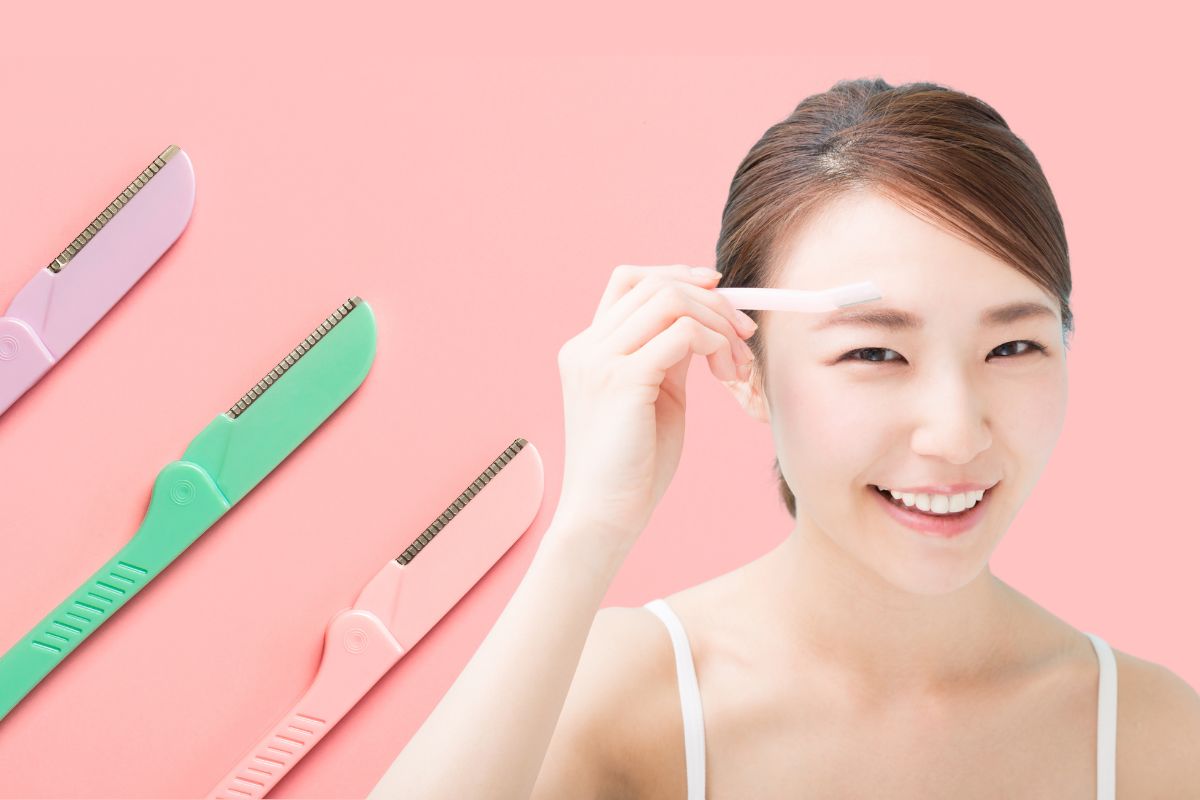The conversation around facial hair removal has always been highly contentious in the world of beauty and skincare. From among the myriad of choices, shaving stands out as the most controversial. While men have wielded razors for centuries, more and more women are now adopting facial shaving as part of their skincare regimen.
But the question of the hour is, “Is using a face razor safe?” In this article, we will delve into whether using a face razor is safe, consider the myths surrounding facial shaving and its pros and cons, and provide expert advice to guarantee that you won’t suffer from any irritation while shaving.
Is It Safe to Use a Face Razor?
In a nutshell, when done the right way, using a face razor is safe. Indeed, many dermatologists often suggest facial shaving on a frequent basis, as it is an easy form of exfoliation and hair removal. Unlike waxing or threading, which is tedious and can be painful while also irritating the skin, shaving is quick and painless.
The wrong blades, poor haircut techniques, or improper skincare both before and after shaving can lead to skin irritation, razor burns and cuts. On the other hand, doing these things correctly makes the skin smoother and more radiant.
Common Myths About Facial Shaving
Shaving has some myths attached to it, which prevents people from attempting it. So, let’s debunk a few of the most common ones:
Does Shaving Make Hair Grow Thicker and Darker?
No, shaving does not alter the hair’s thickness, color or growth rate. As the razor slices through the hair at the surface, it leaves behind a blunt edge. Blunt-tipped hair, as it moves, does not truly contain a coarser or darker head.
Is Shaving Bad for Your Skin?
Not at all! Dry, dead facial hair and skin are usually removed and improve the skin’s texture. This leads to an even more complex situation. Yet, if a razor is not used properly or the shaving technique is poor in quality, irritation can occur.
Do Only Men Need to Shave Their Faces?
No, absolutely not. Women have razors to shave off hair on various parts of their faces. Many beauty pros and dermatologists even endorse female facial shaving as a highly painless and non-inflammatory method to achieve smooth, life-like, skin beauty.
Benefits of Using a Face Razor


Shaving comes with several skincare benefits. Here are some ways shaving your face comes with life-changing benefits:
Exfoliates the Skin
The shaving technique somewhat resembles a mild exfoliating strategy, as it helps eliminate top layers of dead skin to expose younger-looking skin underneath. Shaving preparations are actually great and act like dermaplaning, which is a popular skin care procedure.
Enhances Makeup Application
A smoother and clearer face doesn’t have any hairs preventing foundation and other makeup products from sitting perfectly on the face without any cakey look or settling in the tiny wrinkles.
Boosts Skincare Absorption
The pores, which are filled with dead skin and hair, become more accessible and will facilitate deeper penetration of skincare products, leading to serums and moisturizers working more effectively.
Painless and Cost-Effective
Shaving is not only painless but also affordable too! Its advantages over laser hair removal and waxing speak for themselves.
Reduces the Risk of Ingrown Hairs
Shaving is preferred when it comes to reducing the risk of ingrown hairs, as it only cuts the hair at the surface level, making it harder for the hair to get trapped in the skin, unlike waxing or tweezing, which often leads to painful ingrown hairs.
Potential Risks and How to Avoid Them
While facial shaving is typically low-risk, not using the proper methods can result in some unwanted effects. To avoid the issues:
Razor Burns and Irritation
- Ensure to use a clean, sharp razor designated for face shaving, as it will minimize burns and redness.
- Shave using a dry or washed face with light moisturizer on.
Ingrown Hairs
- Shave in the direction the hair grows rather than the opposite.
- Regular exfoliation will minimize the chances of the hair curling back into the skin.
Minor Cuts and Nicks
- Short, light strokes allow for better control compared to long and heavy strokes.
- Avoid face shaving on active acne or inflamed areas.
Skin Dryness
- Use a hydrating lotion or soothing Aloe Vera gel for immediate application after shaving.
- Do not use alcohol-soaked toners or severe exfoliators right after shaving.
If these measures are taken, one is able to enjoy facial shaving while keeping the skin healthy and free from irritation.
How to Use a Face Razor the Right Way
If you’re new to facial shaving, follow these simple steps for a smooth and safe experience:


Step 1: Choose the Right Razor
- Opt for a single-blade facial razor rather than a multi-blade body razor.
- Avoid using disposable razors meant for legs, as they can be too harsh on facial skin.
Step 2: Cleanse Your Skin
- Wash your face with a gentle cleanser to remove dirt, oil, and makeup.
- Pat your skin dry before shaving.
Step 3: Shave with Light Strokes
- Hold the razor at a 45-degree angle and use short, downward strokes.
- Do not press too hard; let the razor glide gently over your skin.
Step 4: Rinse and Moisturize
- Splash your face with cool water after shaving.
- Apply a hydrating serum or moisturizer to keep your skin soft and smooth.
By incorporating these steps into your routine, you can enjoy the benefits of facial shaving without any unwanted side effects.
Who Should Avoid Using a Face Razor?
While shaving is safe for most people, some individuals should proceed with caution:
- If you have active acne – Shaving over pimples can spread bacteria and worsen breakouts.
- If you have very sensitive skin – Some people may experience irritation, so it’s best to do a patch test before shaving.
- If you have a skin condition like eczema or rosacea – These conditions may require you to consult a dermatologist before trying facial shaving.
If shaving is not suitable for your skin type, consider other alternatives like waxing, threading, or even laser treatment.
Final Thoughts: Should You Use a Face Razor?
So, is it safe to use a face razor? Facial shaving is an effortless, productive, and non-painful process if it is done correctly with the desired outcome being hair removal alongside exfoliation of the skin. However, using proper tools alongside techniques for facial shaving can help prevent irritation and give the best results.
















